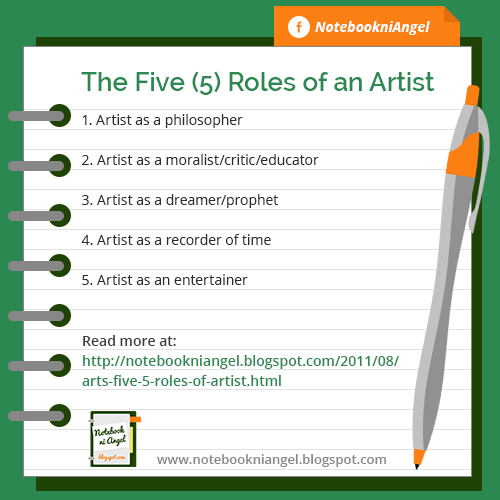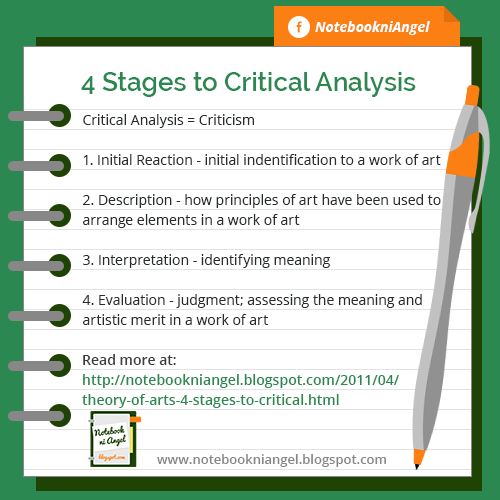Arts: Four (4) Artistic Concerns

Arts: Four (4) Artistic Concerns 1. Emotion - What feelings does the artist wish to express with his work? - What emotions does the artwork evoke from the audience? 2. Style - How did the artist compose the work to present a unique or a trend artpiece to express his concept? - How did the audience perceive the artwork as based on the composition? 3. Beauty - What is the artist's philosophy beauty? - How does the audience perceive the work as beautiful? 4. Reality (a perception) - What is the artist's level of experience and does it related to the audience?



















